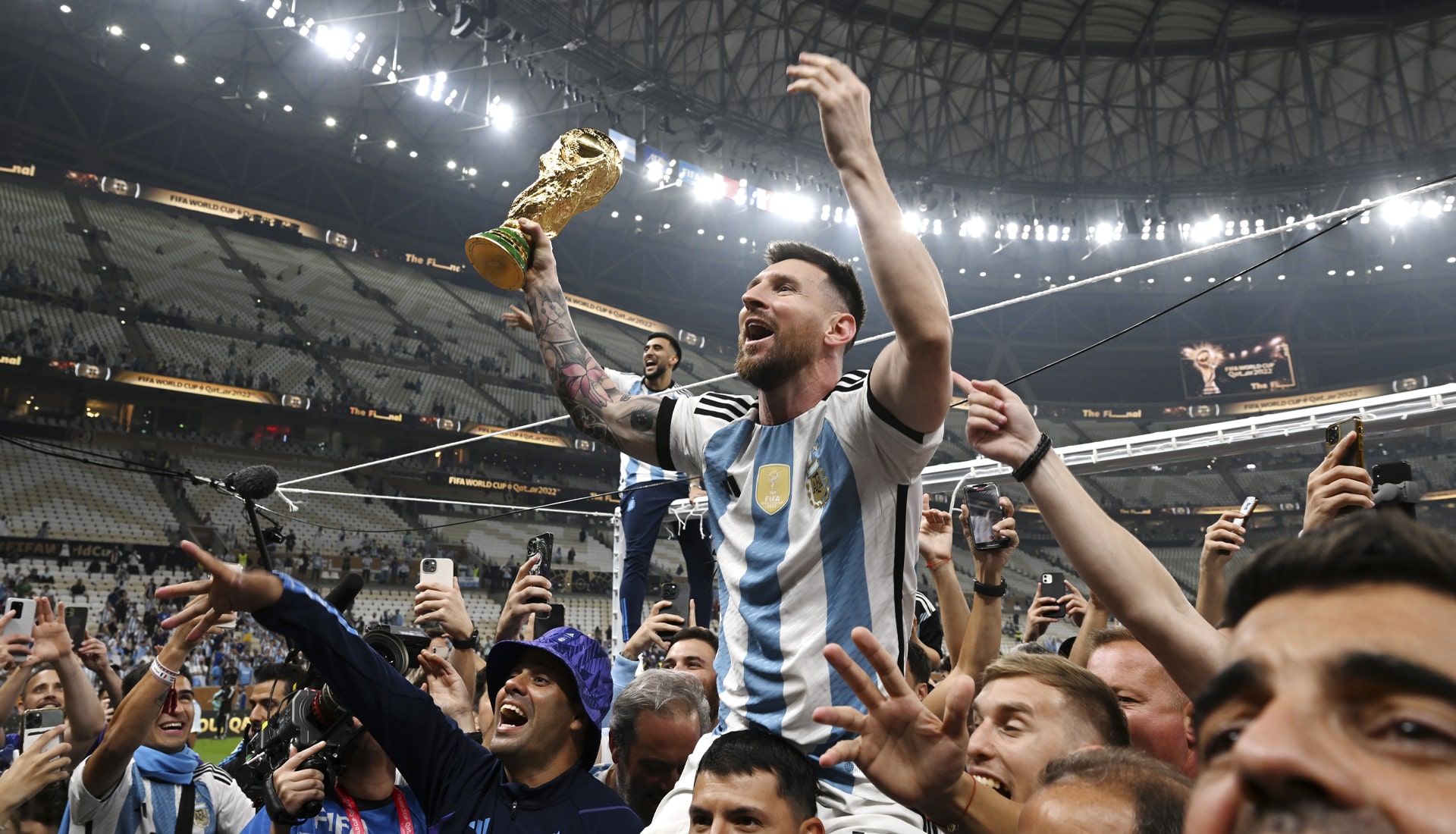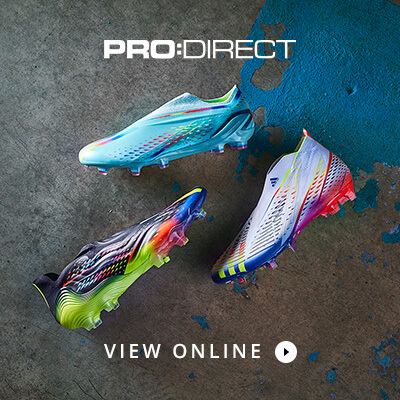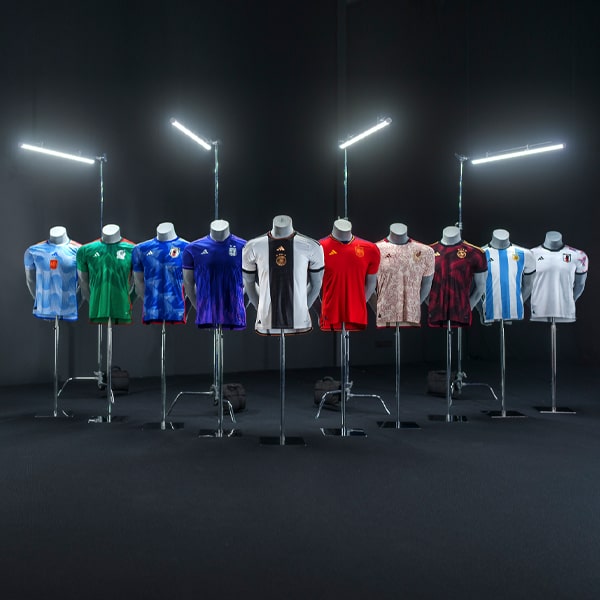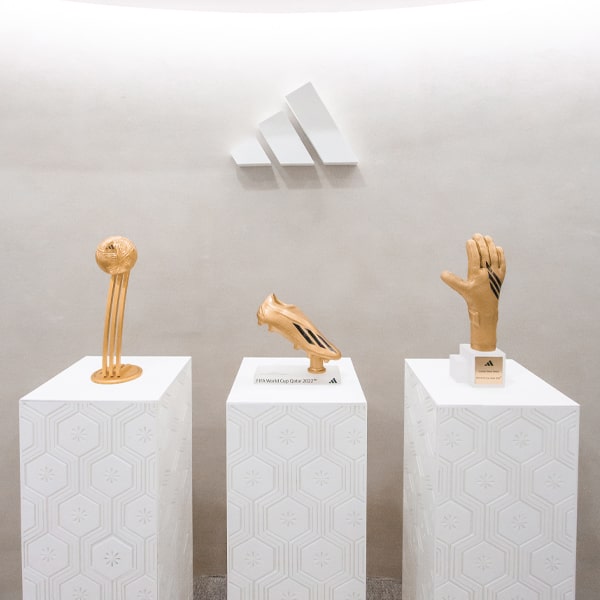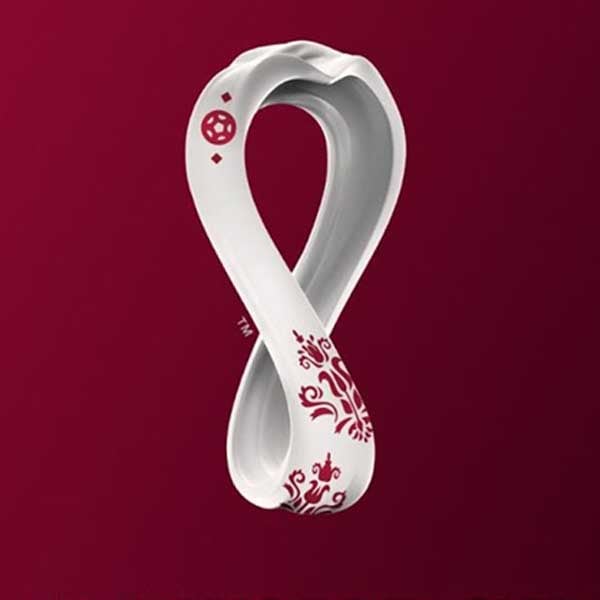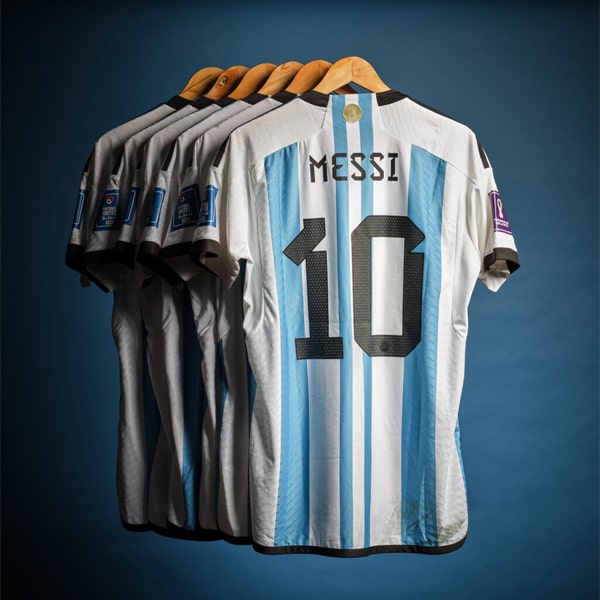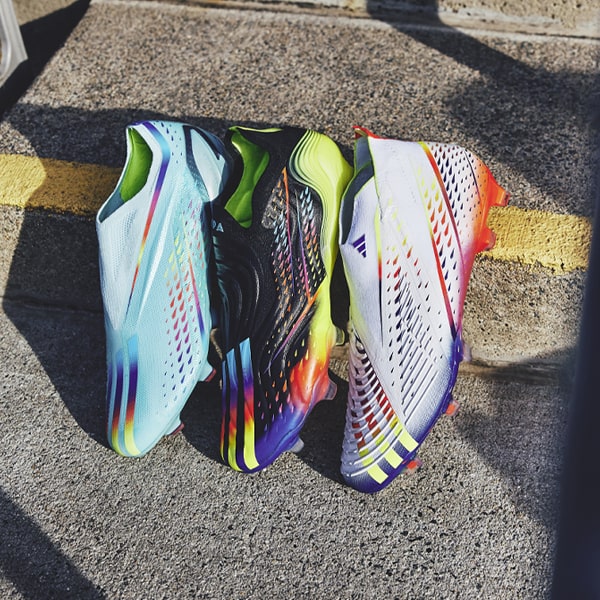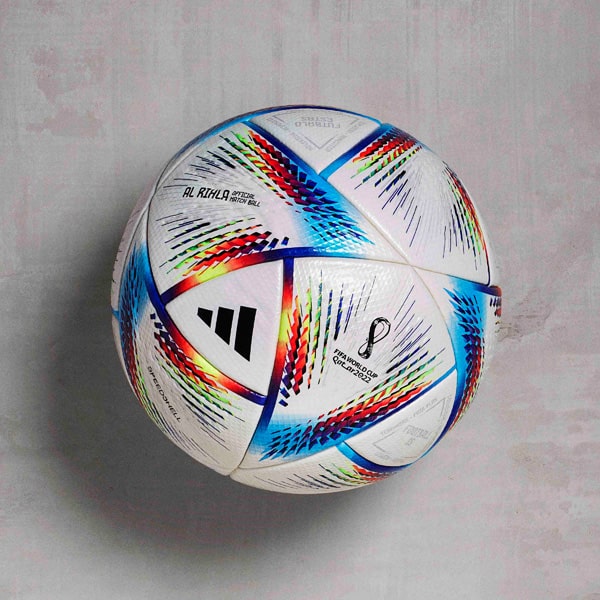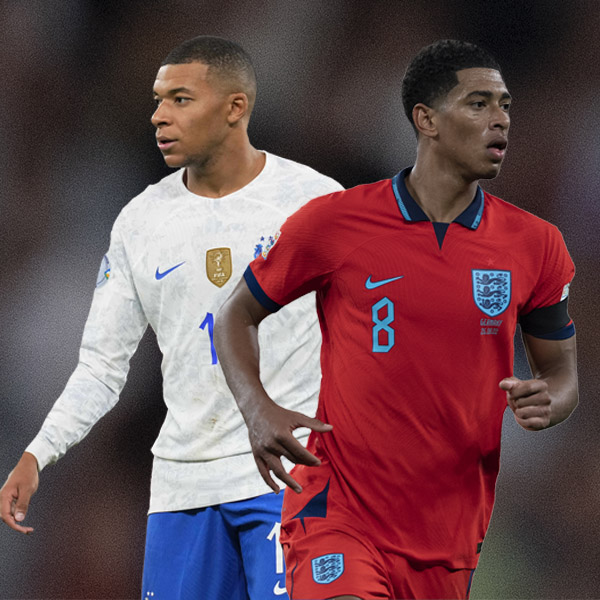The curtain has finally come down on the first-ever winter World Cup, and while it was Lionel Messi who led Argentina to ultimate glory and immortality, as far as the brands go it will be adidas who were left with the biggest grins of all…
The 2022 World Cup final was possibly one of the greatest of all time. Billed as the final of the 10s, it was the master Messi against the rising star of Mbappé, both after not only the World Cup, but also the Golden Boot … and the action on the pitch didn’t disappoint in any respect. But as well as being the battle of the top-billed players, it was also the culmination of the latest brand battle in what is an ongoing war between adidas and Nike, bolstered by a supporting cast including the likes of PUMA and New Balance. So it was that the final was perfectly balanced, with not only a team on either side of the eternal Three Stripe/Swoosh divide, but also the star players in Leo and Kylian lining up with their respective branding both on their kits and boots. The set up couldn’t have been any more perfect, but even up to the semi finals the odds were certainly against it playing out like that. In short, you simply couldn’t write it…
Coming into the World Cup there were 32 teams, with nine brands providing kits: Nike leading the pack with 13 federations, adidas following with seven, PUMA with six, then six brands having one nation each. Initially, many fans’ opinions lent weight to the quality over quantity argument, with the overriding opinion being that the Three Stripes had produced the better options over their competitors. Despite an initially negative reaction to Nike’s template designs, it’s fair to say that the majority of shirts grew in appeal as the competition progressed.
And that was just the kits; there were also the boots, with Nike once again leading the rest in terms of representation with a whopping 49 percent of players, adidas with 35 percent, PUMA with 12 percent, while the rest were shared between the likes of New Balance, Mizuno, Under Armour and Lotto.
It wasn’t just a matter of numbers for Nike either, with the brand able to boast the likes of Kylian Mbappé, Robert Lewandowski, Vinicius Junior, Luka Modric and Harry Kane among their roster of stars. Meanwhile, a step away from their main man left adidas’s lineup looking a little thin by comparison; still a host of world-class talent, for sure (this was a World Cup after all), but not many genuine superstars, arguably capable of firing their side to glory, and that’s been a criticism levelled at the German brand in recent times. It’s never going to be an easy question to answer, but who or what comes after arguably the greatest player of all time? But that’s a debate for another day.
From a pack perspective, adidas were first out of the traps, revealing the ‘Al Rihla’ pack in October, dressing out the X Speedportal, Predator Edge and COPA Sense in looks that took their cues from the official match ball of the same name. PUMA followed soon after with the ‘Fearless Pack’, which saw a fiery coral look spread across the Future Z 1.4 and Ultra Ultimate. New Balance then dropped the ‘Headline Taker’ pack, before Nike dropped the ‘Generation Pack’, with the Air Zoom Mercurial Vapor XV and Superfly IX, Phantom GT II and Tiempo Legend IX all in unifying copper colours. But they also had a trick up their sleeve in the form of the disruptive launch of the next generation Phantom GX, debuted by England players in their quarter final against France. It was a unique way to launch a product, and it certainly caught attention, despite the Three Lions losing out. No big shows or ad campaigns, just the product and the faith the players had in it doing the talking. A bold statement made with no words.
Then there were the signature editions. Nike revealed its first with a new look Air Zoom Mercurial Superfly IX CR7 for Ronaldo, while PUMA tweaked the look of the ‘Fearless Pack’ for the golden-hued ‘Dream Chaser’ Future Z for Neymar.
Although not technically a signature edition, Raheem Sterling repped the New Balance x Stone Island Furon v7, giving the Italian brand a first on-pitch appearance – not a bad place to do it.
For Messi, adidas went down the route of his already legendary status in the game with the ‘Leyenda’ X Speedportal, combining the golden look of the F30 boots that he wore at the 2006 World Cup with some hits of Argentinian sky blue.
One superstar, however, inexplicably missed out on a signature edition … to start off with at least. Nike again held something back, making more of a statement by providing Kylian Mbappé with a special version of the ‘Generation Pack’ Air Zoom Mercurial Superfly IX, complete with Tricolour details, exclusively for the knockouts.
Away from product, and ahead of the tournament, the ad campaigns heralded the action to come, and there were some startling similarities between the two big brands’ approaches. Adidas started off with a ‘Family Reunion’, focusing on all of its stars, but paying special attention to Messi – something that was echoed by how the tournament ultimately played out. That was followed up by a special focus on the Argentinian, recreating his looks at the five World Cups he has appeared at through the magic of CGI. An impactful spot, and it would have been more so had it not come two days after Nike’s ‘Footballverse’ advert, which saw the brand back to its best from a commercial perspective, roping in players both past and present in a football-fuelled face off to end them all, once again accomplished through the use of de-aging and CGI. Score one for the Swoosh.
Then we got down to the actual action on the pitch, and the group stages played out with plenty of action, upsets, and special moments. As the tournament advanced into the knockout stages, it was Nike that looked to cement its position as favourites to be backing a winning horse, with Brazil, Croatia, France, The Netherlands, Portugal and England all looking strong.
Japan emerged as the people’s champions thanks to gritty, never-say-die performances that saw them upset the likes of Germany and Spain. It also didn’t hurt that they had one of the best kits in the tournament, courtesy of adidas – and they didn’t even get to show off their equally striking away kit..
Morocco then delivered for PUMA, defying all expectations to be the first African nation to make it to a World Cup semi-final, and they did it the hard way, defeating giants Belgium, Spain and Portugal.
Speaking of which, this World Cup was touted as a likely last hurrah on the International stage for two of the greatest players the world has ever seen in Messi and Cristiano Ronaldo. In the battle of the GOATs, the World Cup represented a potentially final, defining ruling on the argument.
Ronaldo came into the tournament on the back of a wave of controversy surrounding a certain interview and his subsequent departure from Manchester United, and that wave of discontent seemingly continued into the tournament, despite him finding the net in their Group H opener against Ghana. You can’t help but feel that adidas will have taken a measure of satisfaction in proving that the goal that Ronaldo believed was one to draw him level with Portugal’s record World Cup goalscorer Eusebio on nine finals goals was, in fact, not his. Point to the Three Stripes.
But Ronaldo’s struggles were offset by the sublime form of his natural successor on the throne at House Swoosh. Kylian Mbappé – already a World Cup winner – was on top form, firing in three goals in France’s opening two fixtures, before a brace against Poland in the Last 16 put him on track for the Golden Boot. Those five goals were also a huge contributing factor to the Nike Air Zoom Mercurial Superfly IX leading the ranks in the goal-scoring charts, backed up its perennial partner, the Air Zoom Mercurial Vapor XV.
The rounds progressed, and with it the natural selection that is the hallmark of any knockout tournament saw nations departing in their droves. With eight teams left, the odds were stacked in Nike’s favour: six of the remaining teams in the quarter finals bore the Swoosh, with adidas and PUMA having the other two. It looked like it would be Nike’s year, with them set to seize the day by sheer weight of numbers; but that number would obviously decrease with the fixtures as they were, and they were further depleted when Morocco caused yet another upset to dump Portugal out, setting up a semi-final meeting with France.
It was PUMA’s last real interest in the tournament after their main man Neymar – back for Brazil from the Round of 16 following an injury earlier in the tournament – failed to get his side past the wily heads of Croatia, despite a valiant effort that saw him slot home emphatically in stoppage time.
A Messi masterclass and an inspired France saw off the challenges of Croatia and Morocco respectively in the semis to set up the final that everyone craved: old against new, master against apprentice, and, of course, adidas v Nike. Could France do what only Italy and Brazil had managed before them and defend their World Cup title? Or could Messi add the one bit of silverware that was missing from his otherwise perfect cabinet, at the same time putting to bed the argument that Maradona was a better player on the basis that he guided his Argentina side to the World Cup?
In all aspects it was the mouth-watering occasion that lover’s of football the world over deserved; it was the World Cup final that you dream of (if your own team can’t be in it, that is.) But could it live up to the hype? So often these types of matches crumble under their own weight of expectation and stars buckle under the pressure. Not this time though; this time the stage was set, the players were primed, and it delivered on so many levels. Messi and Mbappé – teammates at PSG – were the driving forces of their teams. A brace for one and a hat trick for the other… it was a true battle of will, and Argentina just edged it. But this was Messi's World Cup; a fitting (final?) flourish to an all-round stellar career. You'd be hard pushed to find many football fans in the world that didn't want to see this outcome. 5 World Cups, 13 Goals, one emphatic win.
Mbappé’s hattrick in the final ensured he walked away with the Golden Boot with an impressive eight goals, but you can guarantee he would have traded them all in in a heart beat for the World Cup. The fact that the Golden Boot award itself was an X Speedportal (the World Cup being an adidas-sponsored event) and it was that that Mbappé was left holding was yet another bonus for the German brand and more salt in the wound for Nike.
But while adidas may have won this battle, they most certainly have not won the war, and Nike – with Mbappé undoubtedly leading the charge – will be back, hungrier than ever.
Shop all 2022 World Cup replica at prodirectsport.com/soccer
